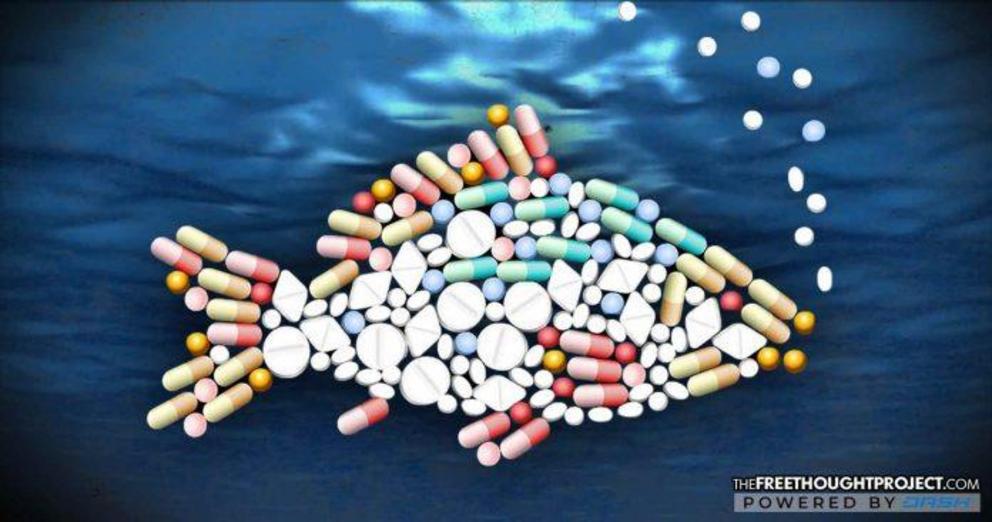As US opioid epidemic skyrockets, sea life now testing positive for Big Pharma’s oxycodone
Researching aquatic life has long been used as a barometer for evaluating pollution levels, and according to a recently published study, opioids are now showing up in the bays in and around Seattle’s Puget Sound—serving as yet another reminder that the United States’ opioid crisis has gotten completely out of control.
Scientists at the Washington Department of Fish and Wildlife (WDFW) transplanted uncontaminated farmed mussels from Whidbey Island to various locations in the Puget Sound to study pollution levels. According to the Puget Sound Institute (PSI), six out of 18 studied areas showed the mussels had consumed opioids from the area’s waterways.
Trace amounts of Oxycodone were discovered in the mussels’ tissue samples following the study, which was enough for scientists to issue the following warnings.
“You wouldn’t want to collect (and eat) mussels from these urban bays,” explained PSI’s Andy James. Even though the trace amounts are thousands of times smaller than the human dose, the implication is monumental. People in urban areas around the Puget Sound are consuming so many opiates that they are turning up in the waterways. Pollution dangers also exist for fish as well. In fact, opiates are so addictive that even fish show signs of dependency.
According to a recent study involving Zebrafish and opioids, the fish will actually dose themselves with opioids if given the opportunity. PSI says this is the first time opioids have been found in the Puget Sound:
Scientists typically find many chemical compounds in Puget Sound waters, ranging from pharmaceuticals to illicit drugs such as cocaine, but this is the first time that opioids have been discovered in local shellfish. The contaminants in this case are thought to be passed into Puget Sound through discharge from wastewater treatment plants. Even filtered wastewater can include traces of thousands of chemicals known as contaminants of emerging concern (CECs). Runoff from agriculture and stormwater are also common sources of CECs.
Treated wastewater can hardly be called “treated” if it releases CECs into the water supply. But scientists were also quick to point out the commercially available mussels contained no such pollutants and can be consumed with confidence because the shellfish are not contaminated.
Also found in the mussels test was the chemotherapy drug Melphalan, a carcinogen, meaning it can cause the same cancer it is prescribed to kill. According to PSI:
The drug was found at “levels where we might want to look at biological impacts,” said James. The mussels had ingested amounts of Melphalan relative by weight to a recommended dose for humans.
Fighting opioid addiction and overdose is considered a national emergency in the United States. Yet, even with a recent study published by the Journal of the American Medical Association, which demonstrated that opiates do not work as well as non-steroidal anti-inflammatory drugs (NSAIDS), millions of Americans are either taking opioid prescription drugs or are already addicted to them. This is leading to an overwhelming death toll as overdoses have skyrocketed across the country in recent years.
The study of the mussels should be further cause for alarm. Now, not only are Americans addicted and dying, but our supply of fish is potentially affected. What’s more, the federal government has also been accused of protecting the deadly supply chain. Even the Russians have called out America for its hypocrisy, accusing the U.S. of protecting the opium supply in Afghanistan instead of burning it to the ground.

